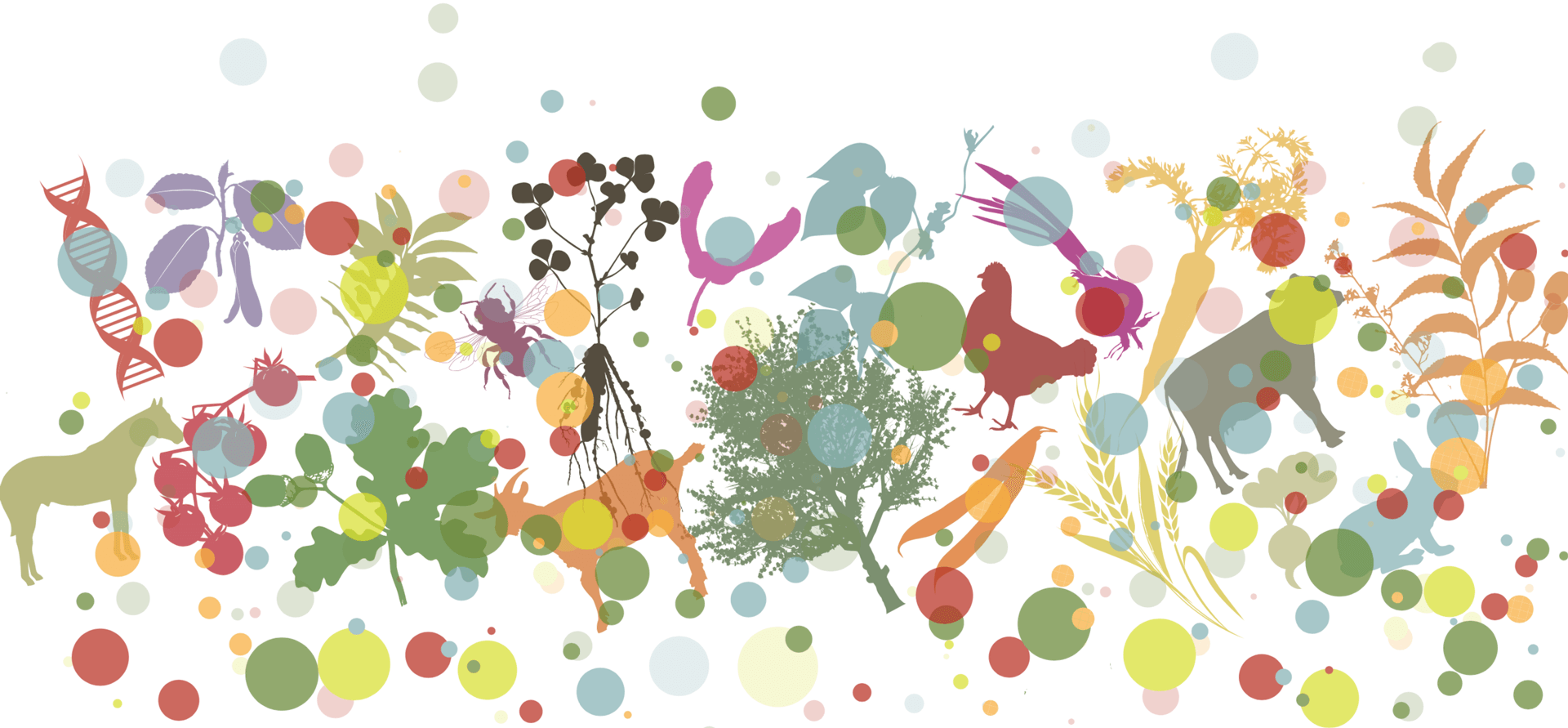New original article on plant genetic resources
Posted on 2023-07-11Phenotypic diversity among finger millet (Eleusine coracana (L.) Gaertn.) landraces of Nepal
Finger millet (Eleusine coracana (L.) Gaertn.) is the fourth most important crop in Nepal having multiple benefits but is still neglected by mainstream research and development. The main option to boost its productivity is developing superior varieties through enhanced use of germplasm in breeding programmes. With the objective of enhancing utilization of landraces conserved ex situ, a total of 300 finger millet accessions collected from 54 districts were characterized in three hill locations of Nepal for two consecutive years (2017–2018). Nine qualitative and 17 quantitative traits were recorded, and combined mean data were subjected to multivariate analysis to assess agromorphological diversity. Shannon–Weaver diversity indices (H') showed high diversity (0.647–0.908) among the accessions for qualitative traits except for finger branching and spikelet shattering whereas high diversity (0.864–0.907) was observed for all quantitative traits. The first five principal components (PC) explained 61.8% of the total phenotypic variation with two PCs explaining 37.5% variation mainly due to flowering and maturity days, plant height, flag leaf length, grain and straw yield, ear weight, ear exsertion and number of fingers per head. Genotypes were grouped into four clusters with 16, 66, 107 and 111 accessions based on quantitative traits. The correlation between the traits indicated that accessions with early flowering, tall plants, long leaves, high tillers, large ears and bold grains could be given priority for further evaluation in multiple locations. Potential landraces identified for each trait could either be deployed to wider areas as varieties or used as trait donors in finger millet breeding.
Read the article at: https://doi.org/10.46265/genresj.MYZA2446


 This journal has been conceived as part of the
This journal has been conceived as part of the